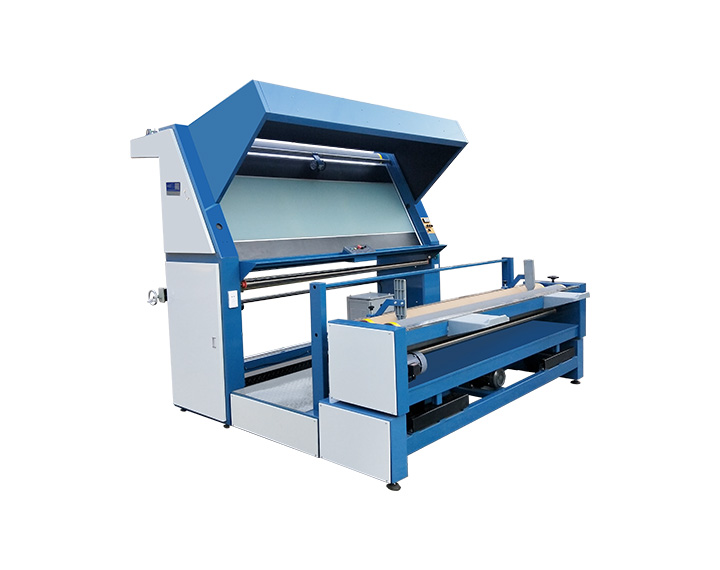Fabric inspection machine is a kind of textile machinery, which is often used in textile workshops. It is mainly used to test the quality of the fabric. When using it, you must pay attention to the method, and you mustn’t ignore its maintenance. SUNTECHE, one of the most professional fabric inspection machine manufacturers, not only provides the high-quality products, but also the most attentive service. Here are some tips for maintenance and troubleshooting of fabric inspection machines.

Maintenance of Fabric Inspection Machine
To maintain the fabric inspection machine, first of all, it is necessary to regularly check and refuel all the driving gears, sprockets, etc. in the rotating part of the equipment, so as to ensure that the rotating parts of the machine can maintain a good lubricating condition.
In the regular inspection, if the parts are found to be seriously worn, they must be replaced in time.
In addition, we need to clean up the dust and fabric crumbs in the motor and rotating parts of the equipment in time.
Finally, in the daily use, we should often clean up the dust and fabric crumbs on the fluorescent tube and fabric inspection glass plate, which can effectively ensure the lighting of the fabric inspection machine.
Troubleshooting of Fabric Inspection Machine
There are 8 common faults of the fabric inspection machine. For the causes of these different failures, we provide the following simple repair methods for you.
1. The fabric is inclined and stuck when advancing on the fabric inspection machine: This is mainly caused by the non-parallel fabric guide rollers. The operator can solve the problem by adjusting the parallelism of the guide rollers.
2. Untidy fabric roll: It is caused by the non-parallel between the fabric roller and guide roller, so adjusting the parallelism of the fabric roller and the guide roller can completely eliminate the problem.
3. The guiding and rolling process of the fabric are not smooth: The reason for this situation may be that the rotating parts of the machine have dust, fabric crumbs and oil stains, or that the rotating parts are not installed properly. So as long as we install the rotating parts correctly and regularly clean the oil and dust in the machine, this problem could be avoided.
4. Loud machine noise: The problem is mostly due to poor machine lubrication, worn parts or loose screws. To solve the problem, the operator should lubricate the equipment, properly install various parts, or replace the damaged or substandard parts.
5. Partial stagnation of the guide roller or fabric winding roller: this phenomenon is mainly caused by the bad match between the replaced bearing and the original parts, resulting in the damage and bending of the guide roller and the cloth winding roller. It can be solved by adjusting the equipment parts which do not fit well, and then correcting the bending deflection of the shaft.
6. Insufficient illumination of the glass plate of the inspection machine: The insufficient illumination is mainly caused by the dust and fabric debris on the fluorescent tube and the glass plate, or the unstable lamp voltage. This problem can be easily solved as long as the dust and fabric debris are regularly removed, and keep the lighting voltage stabilized.
7. Inaccurate measurement of the duplicating device: During the conveying process of the fabric, insufficient friction, long-term wear and tear of the length-measuring wheel or obstruction of operation may cause the problem of inaccurate length measurement of the fabric inspection machine. It can be solved by raising temperature of the fabric to increase the friction of the conveying movement, replacing the length-measuring wheel, and frequently cleaning the dust and oil on the length-measuring wheel.
8. Others: No lubricating oil for a long time will cause other failures during the operation of the equipment. These failures can be avoided by regularly adding lubricating oil to the equipment.




